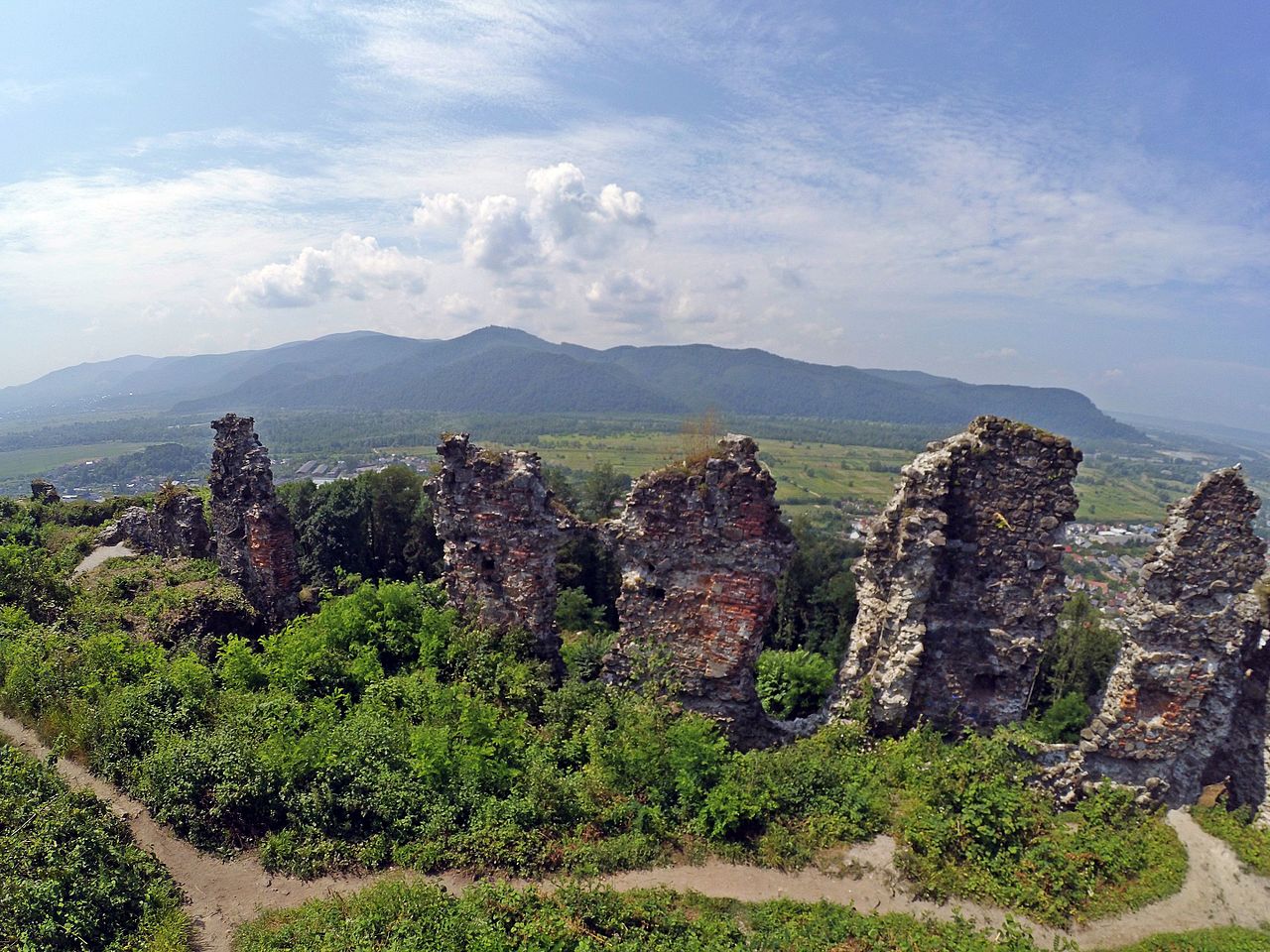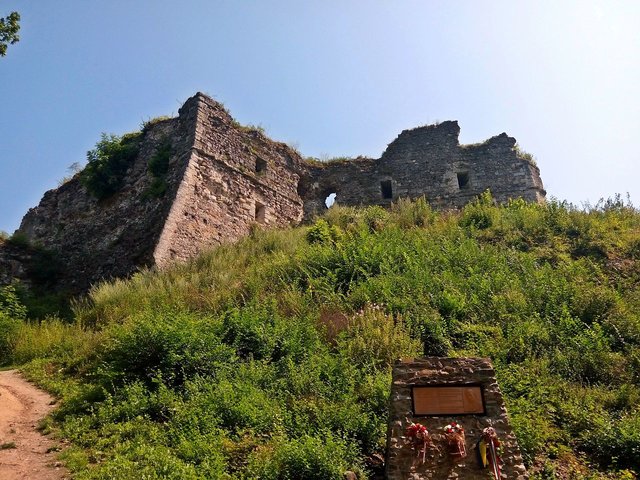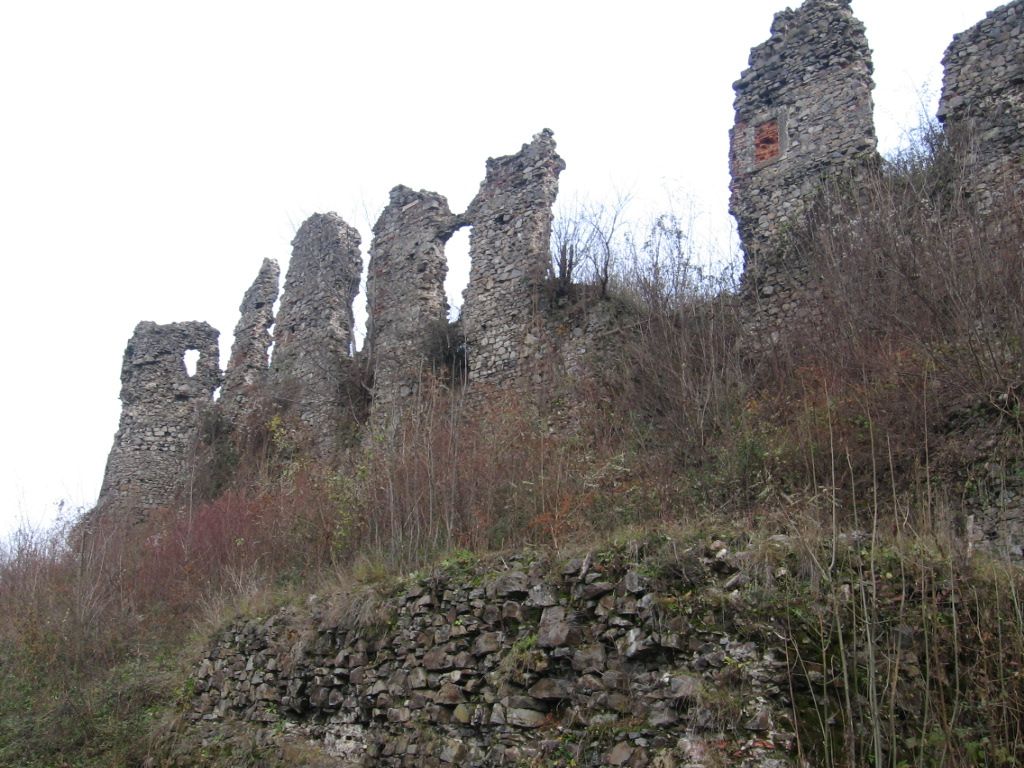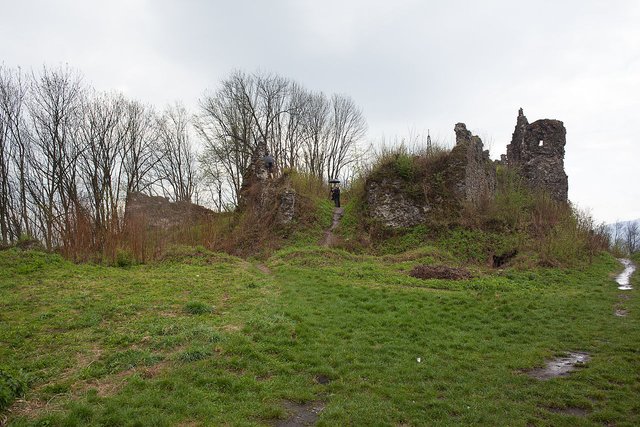
One of the most famous castles of Ukraine, Khustsky, leads its history already from the dark 11th century. Despite the fact that today only ruins have remained from it, the flow of tourists is still running low. The reason for this is the long and rich history of the castle, the engineering layout of the building, incredible by the standards of the Middle Ages, and a whole heap of finds so dear to the heart of the treasure hunt, including figures of deities, coins and valuables. Among other things, Khust castle is located in the picturesque area of Transcarpathia, and familiarity with fortification science and practice can be successfully supplemented with eco-rest, hiking, fishing and hunting.

The history of the Chust Castle is as long and extensive as the history of some small European state. The construction of the first castle was conducted for a hundred years, in the 11th-12th centuries, with Hungarian kings. The facility was intended to protect salt roads from nomadic raids. In the 13th century, the first major destruction of the Khust castle by the Polovtsians occurred, followed by a restoration that enriched the fortress with new fortifications. In the early 18th century, the castle played a decisive role in proclaiming the independence of Transylvania, and a little later the garrison for a major battle with the Crimean Tatars, which ended in the defeat of the latter, moved out from here. At the end of the 18th century, Khust Castle was destroyed by an explosion from a lightning bolt in the powder tower, and its restoration became hopeless. Later, the castle ruins were used as a building material for administrative buildings in Khust and private houses.

From the castle of Khust left little - the ruins of the walls, parts of the basement and traces of auxiliary buildings. In the citadel, there is still a division into the Lower and Upper Castles (which could withstand an independent siege). On the site of the Lower Castle you can see the ruins of the outer gate and part of the defensive wall, as well as the remains of the transverse wall that divided the lower courtyard into two halves.

In the Upper Castle, the ruins of the western and eastern fortifications are best preserved, as well as the remains of two defensive towers - a round one in the Porokhovaya section (which was struck by lightning in 18) and a triangular tower called Ferdinand.
The inner territory of the Khust castle, although not built up, was overgrown with trees and shrubs. Here you can simply walk, enjoying the views from the hill to the plain stretching at the foot of the town and the town of Khust.
Source: https://tonkosti.ru/Хустский_замок
Not indicating that the content you copy/paste is not your original work could be seen as plagiarism.
These are some tips on how to share content and add value:
Repeated plagiarized posts are considered spam. Spam is discouraged by the community, and may result in action from the cheetah bot.
Creative Commons: If you are posting content under a Creative Commons license, please attribute and link according to the specific license. If you are posting content under CC0 or Public Domain please consider noting that at the end of your post.
If you are actually the original author, please do reply to let us know!
Thank You!
More Info: Abuse Guide - 2017.
Downvoting a post can decrease pending rewards and make it less visible. Common reasons:
Submit